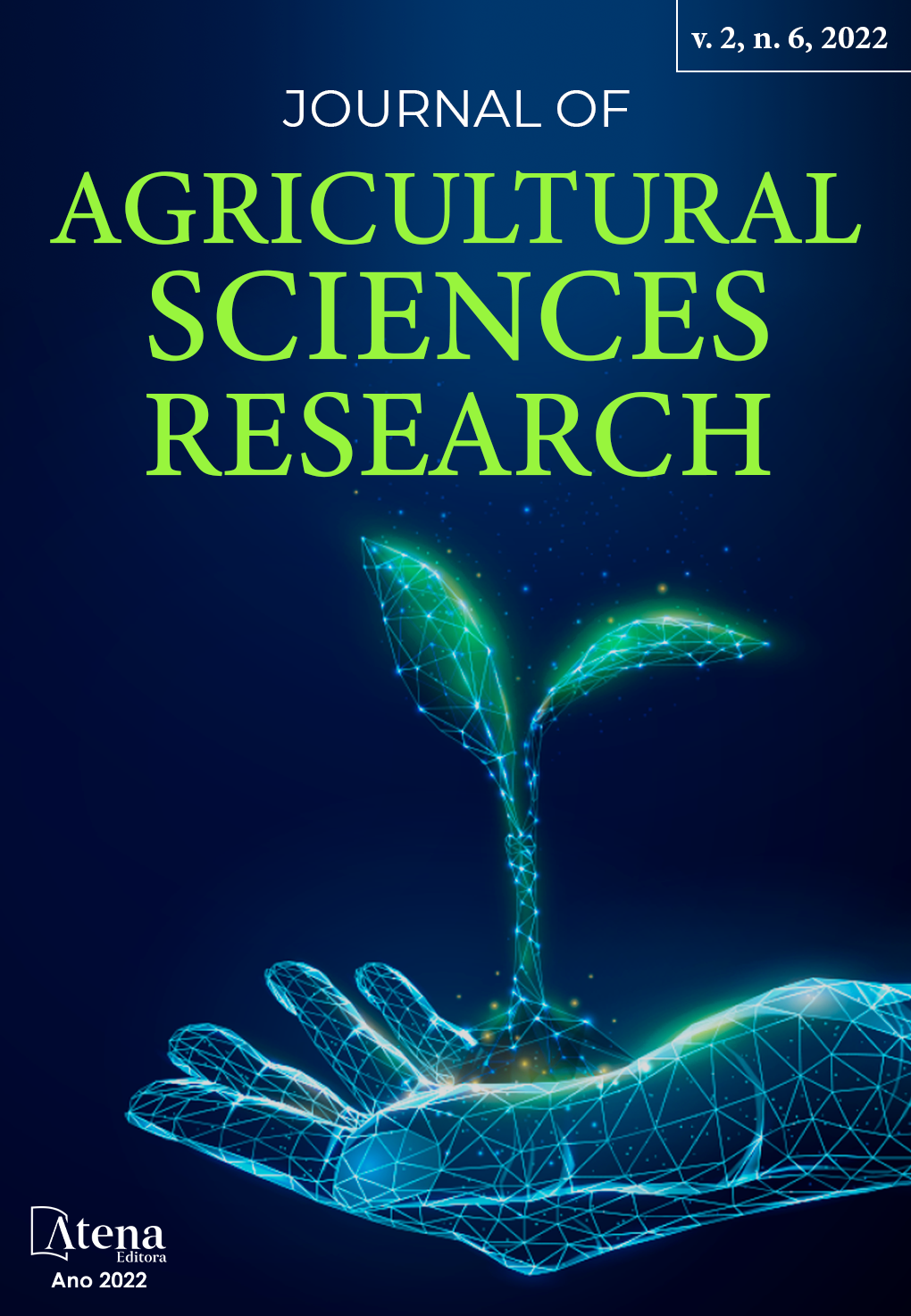
Main environmental vulnerabilities found in a rural landscape using geotechnologies
The identification of vulnerabilities in a watershed is largely the result of human interference in rural and urban areas. In joint action, the responsibility and common sense of the different agents of society can minimize the negative impacts on a basin through a planned action. The objective of this study was to determine the environmental vulnerabilities of the highest region of the Taquaritinga watershed, SP, Brazil. The methodology of the study was the observation of satellite images using the free software Google Earth Pro, through photocomparison of images in a sample area of 3581 ha, divided into four quadrants. The results showed that the area presents as positive points the presence of straw on the soil and contour lines as conservation measures. However, it deserves special attention from the authorities to properly dispose of urban solid waste, as well as the development of projects to restore native flora associated with the construction of more containment basins, along the access roads to rural producers, which can contribute in the long term to improve the flow of water resources in the basin.
Main environmental vulnerabilities found in a rural landscape using geotechnologies
-
DOI: 10.22533/at.ed.973262216061
-
Palavras-chave: Environmental impact; environmental vulnerability; hydrographic basin
-
Keywords: Environmental impact; environmental vulnerability; hydrographic basin
-
Abstract:
The identification of vulnerabilities in a watershed is largely the result of human interference in rural and urban areas. In joint action, the responsibility and common sense of the different agents of society can minimize the negative impacts on a basin through a planned action. The objective of this study was to determine the environmental vulnerabilities of the highest region of the Taquaritinga watershed, SP, Brazil. The methodology of the study was the observation of satellite images using the free software Google Earth Pro, through photocomparison of images in a sample area of 3581 ha, divided into four quadrants. The results showed that the area presents as positive points the presence of straw on the soil and contour lines as conservation measures. However, it deserves special attention from the authorities to properly dispose of urban solid waste, as well as the development of projects to restore native flora associated with the construction of more containment basins, along the access roads to rural producers, which can contribute in the long term to improve the flow of water resources in the basin.
-
Número de páginas: 16
- Denise Aparecida Chiconatto
- Maria Aparecida Bovério
- Luciana Aparecida Ferrarezi
- Jaqueline Amorim Campos
- GILBERTO APARECIDO RODRIGUES


